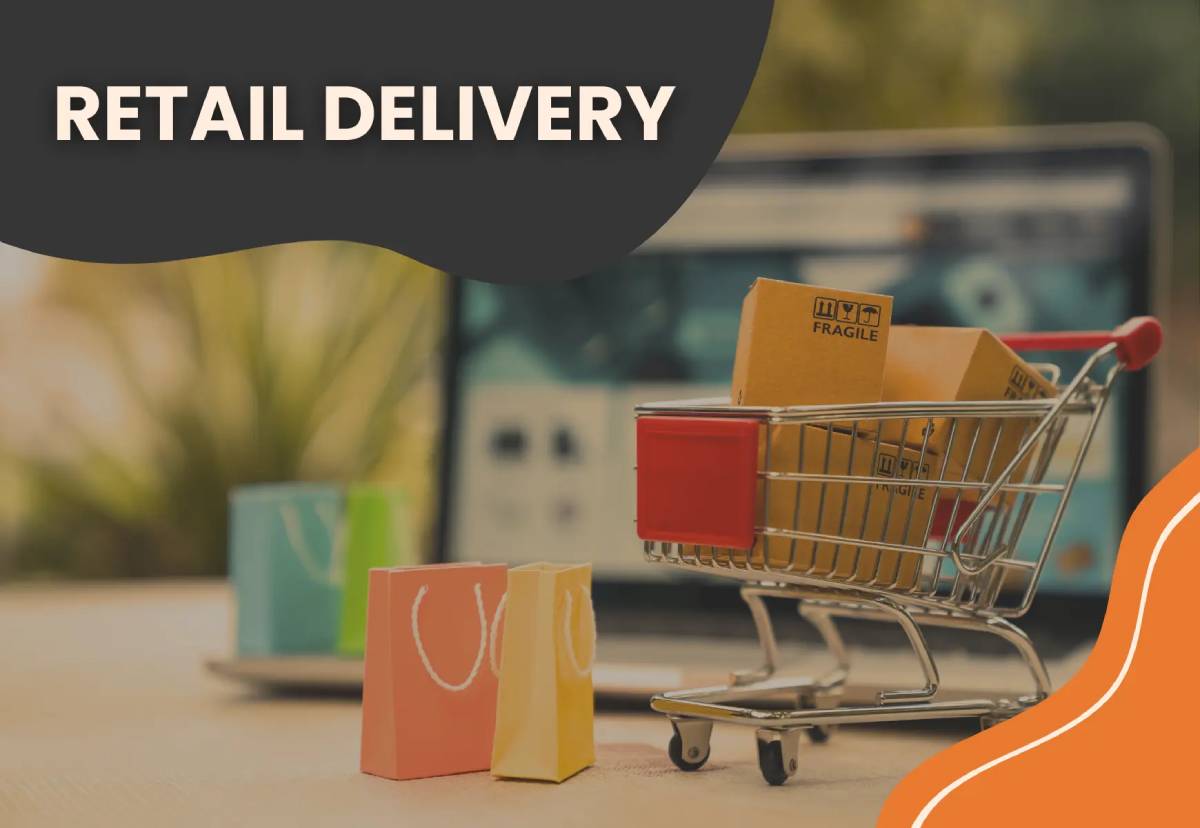
Staff Training: The Key to Successful Retail Management
In the competitive world of retail, well-trained employees can make the difference between a thriving business and one that struggles to retain customers. Retail staff training is essential for improving employee performance, ensuring operational efficiency, and delivering customer service excellence. Investing in employee development not only enhances the shopping experience but also boosts morale, increases productivity, and reduces staff turnover.
As retail environments evolve with technology and changing consumer expectations, providing continuous learning opportunities and employee engagement strategies is critical. This guide explores the importance of training in retail management, effective retail staff training methods, and best practices for building a knowledgeable and motivated workforce.
Why Retail Staff Training is Essential

Successful retailers understand that retail staff training is an investment that pays off in multiple ways:
- Improved Customer Experience: Well-trained employees provide better service, leading to higher customer satisfaction.
- Higher Sales & Productivity: Skilled employees drive conversions, upsell effectively, and operate efficiently.
- Increased Employee Retention: Proper training reduces frustration and improves job satisfaction.
- Stronger Brand Reputation: Consistently excellent service builds customer trust and brand loyalty.
- Fewer Operational Errors: Trained staff make fewer mistakes, reducing costs and inefficiencies.
- Adaptability to Industry Changes: Ongoing training ensures employees stay updated on new trends, technology, and company policies.
By implementing structured retail staff training programs, businesses can create a high-performing and customer-focused workforce that consistently delivers customer service excellence.
Key Areas of Retail Staff Training
1. Customer Service Excellence
Providing outstanding service is critical for customer satisfaction and loyalty. Employees should be trained to:
- Greet and engage with customers warmly and proactively.
- Handle inquiries, complaints, and difficult situations professionally.
- Offer personalised recommendations based on customer needs.
- Maintain a friendly, helpful, and empathetic attitude at all times.
Training Methods:
- Role-playing exercises to practice real-life customer interactions.
- Video tutorials and e-learning modules on best practices.
- Mystery shopper evaluations to assess service quality.
- Live observation and feedback sessions for ongoing improvement.
Retailers who focus on customer service excellence create a loyal customer base and generate repeat business.
2. Product Knowledge Training
Customers expect staff to be knowledgeable about the products they sell. Employees should understand:
- Key features, benefits, and uses of products.
- Pricing, promotions, warranties, and return policies.
- How products compare to competitors.
- Product safety guidelines and compliance regulations.
Training Methods:
- Hands-on product demonstrations and in-store testing.
- Regular team briefings on new arrivals and promotions.
- Digital product guides and interactive training manuals.
- Vendor-led training sessions to educate employees on speciality items.
Better product knowledge leads to confident sales conversations and improved customer trust.
3. Sales & Upselling Techniques
A well-trained sales team can maximise revenue by guiding customers toward the right purchases.
Essential Sales Skills:
- Identifying customer needs through effective questioning.
- Using storytelling and testimonials to highlight product value.
- Suggesting complementary products (cross-selling) or premium options (upselling).
- Creating urgency with limited-time offers and promotions.
Training Methods:
- Live sales simulations and workshops with peer feedback.
- Gamified training programs with incentives for top performers.
- Coaching sessions with experienced sales associates.
- Data-driven performance analysis to track improvement areas.
Strong sales skills improve overall store profitability and enhance the shopping experience.
4. Technology & POS Training
Modern retail environments rely on technology for seamless transactions and inventory management. Employees should be proficient in:
Training Methods:
- Hands-on practice sessions with POS systems and software.
- Digital training modules for troubleshooting common issues.
- Shadowing experienced employees during peak hours.
- Virtual simulations to practice technical scenarios.
Efficient POS training reduces errors, speeds up transactions, and enhances customer satisfaction.
5. Loss Prevention & Security Training
Retailers lose billions each year due to theft and fraud. Staff must be equipped to prevent losses through:
- Identifying suspicious behaviour and deterring shoplifting.
- Understanding store security policies and protocols.
- Handling theft incidents appropriately and safely.
- Reporting security concerns to management.
Training Methods:
- Security awareness workshops conducted by loss prevention experts.
- Scenario-based training on theft prevention and emergency response.
- Collaboration with local law enforcement for security briefings.
Loss prevention training ensures staff can protect store assets while maintaining customer service excellence.
Employee Engagement Strategies for Effective Training

To ensure training success, retailers must keep employees motivated and engaged. Implementing the right employee engagement strategies leads to better learning retention and long-term performance improvements.
1. Make Training Interactive & Engaging
Traditional training methods can be dull and ineffective. Use engaging formats like:
- Gamification with rewards and competitions.
- Real-life case studies and problem-solving activities.
- Virtual reality (VR) or augmented reality (AR) simulations.
- Live demonstrations and group discussions.
2. Provide Continuous Learning Opportunities
Training shouldn’t stop after onboarding. Offer:
- Monthly skill-building workshops.
- Leadership training for career progression.
- Microlearning modules for quick, focused learning.
- Cross-training to enhance multi-role capabilities.
3. Encourage Peer-to-Peer Learning
Employees often learn best from their colleagues. Encourage:
- Mentorship programs pair new hires with experienced staff.
- Team-based learning activities and collaborative projects.
- Knowledge-sharing sessions during staff meetings.
4. Offer Incentives & Recognition
Motivated employees engage more in training. Recognise achievements by:
- Rewarding top performers with bonuses, discounts, or prizes.
- Offering certificates for completed training modules.
- Showcasing success stories on company bulletin boards or newsletters.
5. Use Feedback to Improve Training Programs
Regular feedback ensures training meets employee needs. Gather input through:
- Post-training surveys and quizzes.
- One-on-one check-ins with managers.
- Open forums for staff to share training suggestions.
Conclusion: Investing in Staff Training for Retail Success

Effective retail staff training is essential for achieving customer service excellence, improving employee engagement strategies, and driving business growth. By implementing structured training programs, providing continuous learning opportunities, and leveraging modern training techniques, retailers can build a skilled, motivated workforce.
Key Takeaways:
Train employees on customer service, sales, and product knowledge. Use interactive and technology-driven training methods. Offer continuous learning opportunities for career growth. Motivate employees with incentives and recognition. Measure training effectiveness with performance metrics.
By prioritising retail staff training, businesses can enhance customer experience, boost sales, and create a thriving retail environment that benefits both employees and customers.


